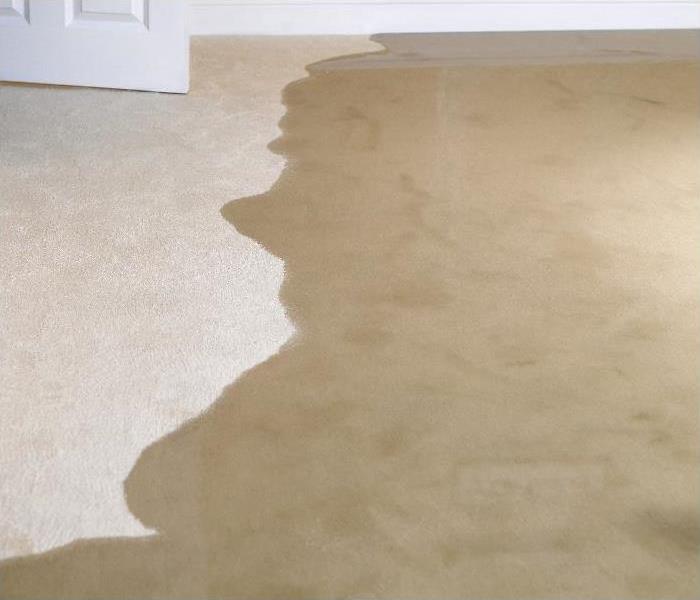What Can I Do To Regain Control After Flood Damage in My Cresskill Home?
5/29/2020 (Permalink)
SERVPRO Can Help You Establish Control through Damage Evaluation and Taking Preventive or Restorative Steps in Cresskill
When a flooding incident affects your Cresskill property, it is disempowering. Whether the incident happens when you are at home or if you find your property already overrun by the water, the feeling that all is lost is familiar for many people. Even taking a few simple steps or seeking help can put you back in control of the situation.
What simple steps can help manage ongoing flood damage in my Cresskill home?
• Documenting everything
• Safeguarding the structure
• Protecting yourself
Flooding incidents in Cresskill can vary greatly. For instance, water intrusions from heavy downpour flashfloods can clear in just a matter of hours. However, intrusions from a swollen water body can last for days before the water recedes. Since wading into the floodwater presents many dangers, including exposure to contaminants and hazardous materials, the only way you can take steps that help you regain control is by first protecting yourself.
The protection should shield you from the chemicals and biohazards in the water, sharp objects, fumes, and the risk of electrocution. Our SERVPRO technicians can help because we have a wide range of personal protective equipment, including:
• Rubber boots
• Heavy-duty gloves
• Respirators and splash goggles
• Full body protective suits
How can I protect a structure that is already flooded?
Most people are aware of the steps that can help protect a home from flooding, including:
• Raising the home on piers or stilts
• Installing sump pumps or vents
• Grading the lawn away from the house
What people are not familiar with is how to protect the structure once flooding happens. For others, it is a question of whether the effort is necessary since the damage is already done. Even if you do not think it is useful, there are reasons for taking protective measures, including meeting the requirements of your insurer.
To protect the house, you need to have an idea of what sort of damages can happen after the initial flooding. Damage to contents by small animals that find a way into your house as they seek shelter from the swathes of water is common. The standing water in the house evaporates, increasing humidity levels all over the property, including rooms in the upstairs. Higher humidity levels affect items in different ways, including causing rusting in internal components of electronics and sparking microbial development.
Sealing off openings on the outer walls or roof can help keep out the animals. Our SERVPRO technicians help by boarding up wall openings and installing roof tarps. Inside the structure, we can use engineering controls to seal off hallways or openings connecting the affected areas from the dry ones, thus inhibiting moisture movement. Moving contents from the wet areas also help protect them. We also start moisture control steps early by running dehumidifiers in the property to keep humidity levels constant while we perform other restoration steps.
How does documenting flood damage help control the situation?
Documenting involves many things, but the ultimate goal is to have as much information about the loss as possible. The information can help you in many ways ranging from filing insurance claims to locating your valuables. One easy way to document is taking photos or videos since you can do it as you perform other steps. You should take general shots and close-up photos that capture specific details of the damage.
Our SERVPRO technicians also help with loss documentation. Apart from photos and videos, we also keep other records. We take moisture readings from various parts of the structure. We also keep small samples of materials such as carpets that we remove from the site to ensure the replacements we make match what was there initially, thus undoing the effects of the loss, “Like it never even happened.”
In case we need to move-out some items for cleaning or to facilitate the restoration of the structure, we keep well-structured records using an electronic CCIS. With such records, we can trace where we pick the items from and the exact storage pallet holding the items. That makes it easy to access specific items should you need them while we still have them in the storage facilities. When it is time to move the items back in, it is easier to rearrange your home.
The scope of flooding incidents can make you feel helpless. SERVPRO of Northeast Bergen County can help you find a way to control the situation. Call us at (201) 244-0100 to assist you in restoring your Closter, Harrington Park, or Dumont home to preloss state.






 24/7 Emergency Service
24/7 Emergency Service
